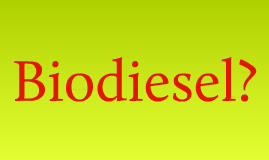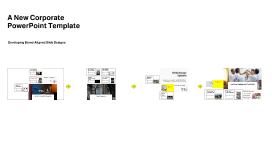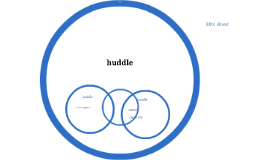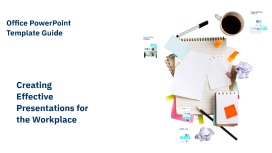Fossil Fuel Powerpoint Assignment
Transcript: Fossil Fuels! What are they...? A fossil fuel is a natural fuel such as coal or gas, formed in the past from the remains of lving organisms There are mainly three different types of fossil fuels, coal, oil, and petroleum One of the different types of fossil fuels is coal. Coal is formed when peat is altered physically and chemically. This process is called coalification. The peat undergoes many changes as a result of bacterial decay, compaction, heat, and also time. For the peat to become coal, it must be buried by sediment. Time, pressure, and heat all play a factor in the making of coal. There are different stages in coal formation. Peat deposits are quite varied and contain everything from plant parts to decayed plants. Burial compacts the peat, and much water is squeezed out during the first stages of burial. Continued burial and the addition of heat and time cause the complex hydrocarbon compounds in the peat to break down and alter in a variety of ways. Coal is used as a fossil fuel for its heat and energy that it provides, Oil, another type of fossil fuel, was formed by the anaerobic decay of organic materials in conditions of increased temperature and pressure. Oil is used as a fossil fuel because it is a fuel source of chemical energy. It is usually combusted, when this happenes the chemical energy is transformed into kinetic energy. It also release thermal energy when combusted. Natural gas is formed naturally within nature and is predominantly comprised of methane. This gas is formed by being commercially produced in oil fields and in natural gas fields. Natural gas is used all over the world to power many things such as the things in your house. Slightly more than half of the homes in the United States use natural gas as their main heating fuel. Natural gas is also used in homes to fuel stoves, water heaters, clothes dryers, and other household appliances. Relating much to fossil fuels, a refinery is a production facility composed of a group of chemical engineering unit processes and unit operations refining certain materials or converting raw material into products of value. Fossil fuel refineries are factories, turning crude oil into the feedstocks for gasoline and plastics. Refineries, because of the large capital investment, have to run nearly continuously. There have been many catrastophes related to fossil fuels. There have been oils spills in the past that have caused much damage to nature and humans. On March 24, 1989, the tanker Exxon Valdez, en route from Valdez, Alaska to Los Angeles, California, ran aground on Bligh Reef in Prince William Sound, Alaska. The vessel was traveling outside normal shipping lanes in an attempt to avoid ice. Within six hours of the grounding, the Exxon Valdez spilled approximately 10.9 million gallons of its 53 million gallon cargo of Prudhoe Bay crude oil. Eight of the eleven tanks on board were damaged. The oil would eventually impact over 1,100 miles of non-continuous coastline in Alaska, making the Exxon Valdez the largest oil spill to date in U.S. waters. With this large oil spill, came cleanup. The response to the Exxon Valdez involved more personnel and equipment over a longer period of time than did any other spill in U.S. history. Logistical problems in providing fuel, meals, berthing, response equipment, waste management and other resources were one of the largest challenges to response management. At the height of the response, more than 11,000 personnel, 1,400 vessels and 85 aircraft were involved in the cleanup. Shoreline cleanup began in April of 1989 and continued until September of 1989 for the first year of the response. The response effort continued in 1990 and 1991 with cleanup in the summer months, and limited shoreline monitoring in the winter months. Fate and effects monitoring by state and Federal agencies are ongoing. This oil spill had a heavy impact on nature. Fisheries for salmon, herring, crab, shrimp, rockfish and sablefish were closed, with some Shrimp and salmon commercial fisheries remaining closed through 1990. Herring and salmon species never fully recovered, which means the commercial fishing industry that depends on them haven't either. Over 2,000 Alaskan Native Americans and 13,000 other subsistence permit holders lost the source of their food. This continues today, as many are afraid of being poisoned by contaminated fish. Another oil spill that is pretty recent was the BP oil spill. The Deepwater Horizon oil spill is an oil spill in the Gulf of Mexico which flowed for three months in 2010. The impact of the spill continues even after the well has been capped. It is the largest accidental marine oil spill in the history of the petroleum industry. The spill stemmed from a sea-floor oil gusher that resulted from the April 20, 2010 explosion of Deepwater Horizon, which drilled on the BP-operated Macondo Prospect. The explosion killed 11 men working on the platform and injured 17 others. The clean up was a long process,

















